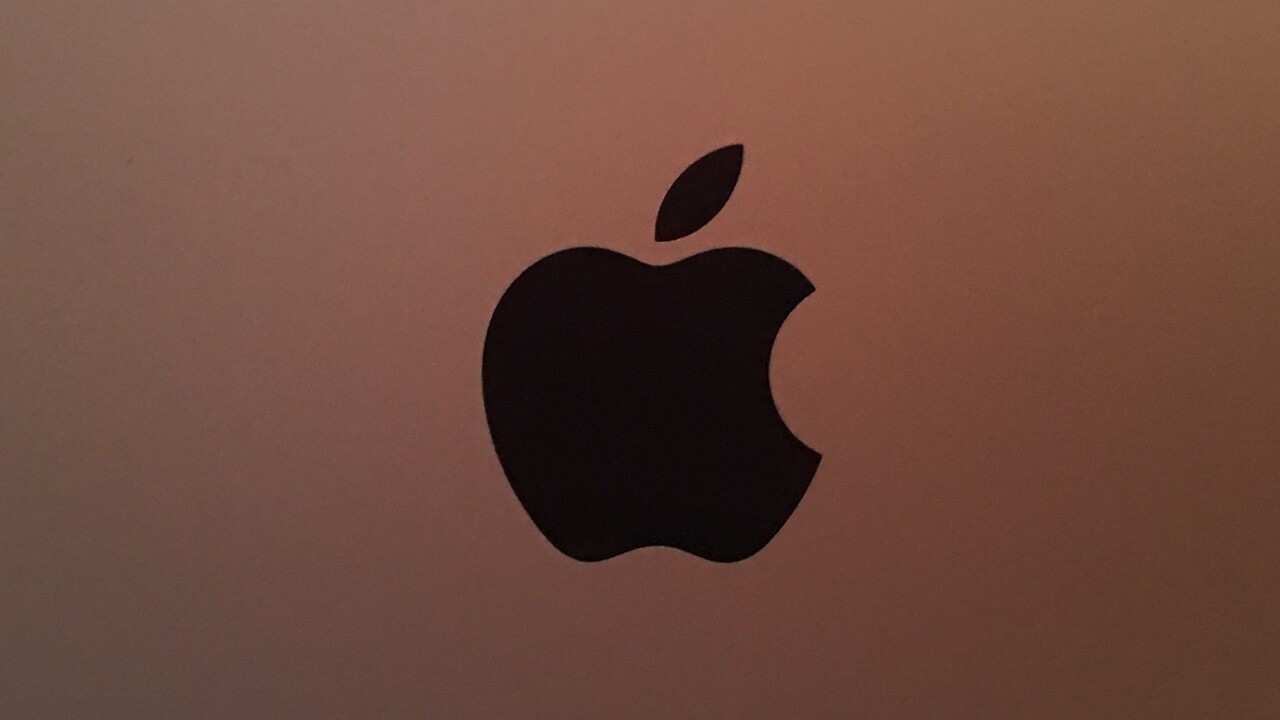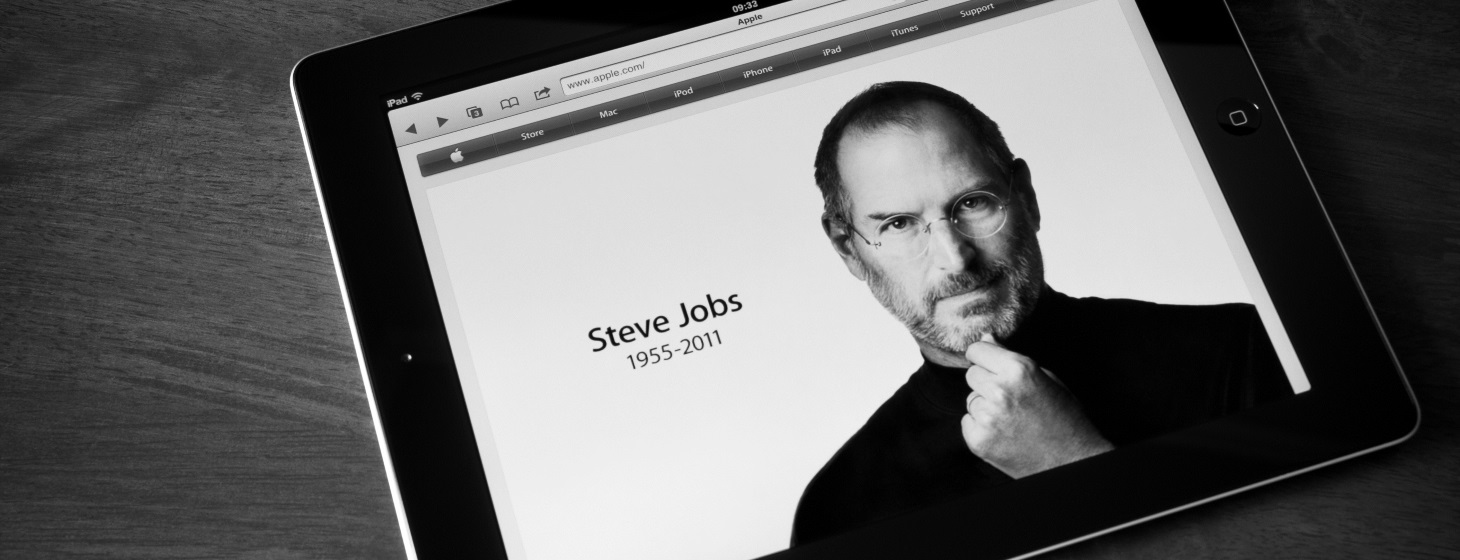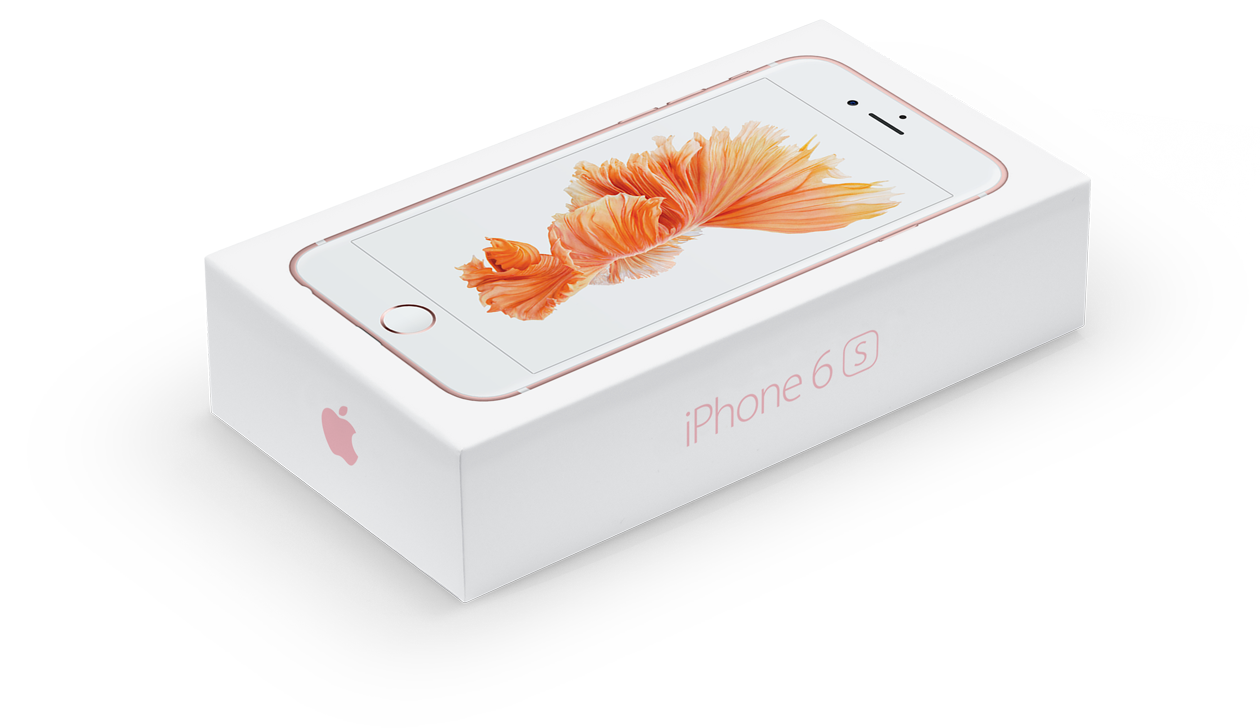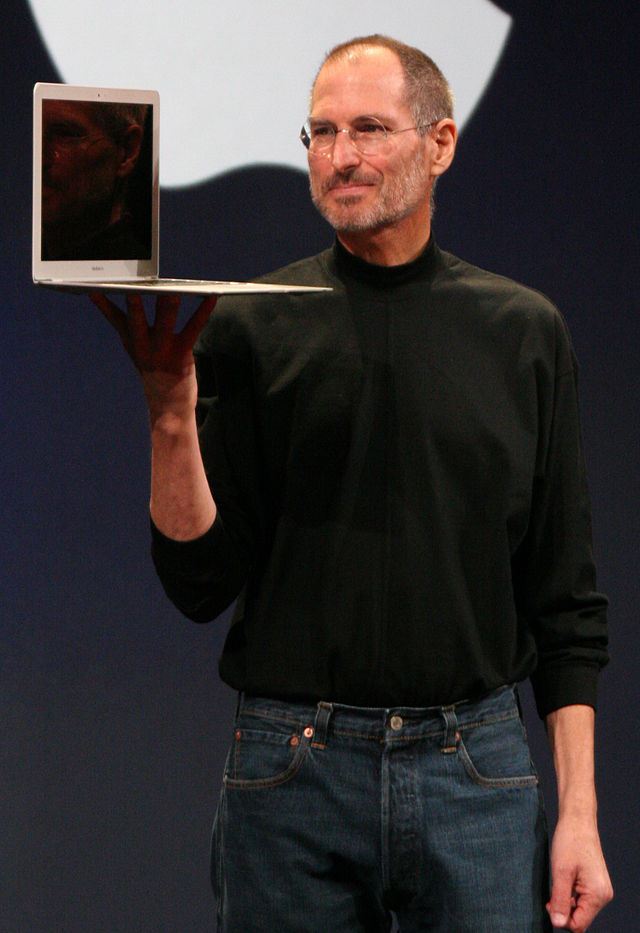
Last month, Apple’s latest earnings call announced its “most successful year ever.” The numbers were reported, the stories were spun and Wall Street basically anointed Apple the god of capitalism.
They’re all wrong.
The actual story, the story we should be telling, involves a different narrative. Apple is the largest company in the world, but success is fleeting. While the numbers are impressive, they don’t come close to painting an accurate picture about how much trouble Apple is really in.
Apple’s rise under Steve Jobs was historic. Its fall under Tim Cook is going to be much slower, more painful.
What the recent earnings statement tells us
Tim Cook can spend days waxing poetic about profits but even a modicum of ability to read between the lines is all it takes to realize it’s mostly bullshit.
Overall revenue looks great, but the iPhone actually missed Wall Street’s projections this quarter. On Wall Street, this is nothing new, unless we’re talking about Apple.
Apple rarely misses its numbers. In fact, it often overshoots them by such a large margin you wonder just how qualified the analysts making the predictions really are.
This year is different. Apple swung. Apple missed.
That’s not to say it wasn’t an impressive year, it’s just the first in a series of events that don’t mean much individually, but when connected tell a bigger story.
Apple lives and dies by the iPhone. iPad sales are flat, iPod’s are all but irrelevant, and while Mac sales are up, they’re nowhere close to the workhorse that can continue to carry Apple should they experience a downturn in iPhone sales. There is no Plan B.
One look at the numbers tells a pretty decisive tale.
Percentage of revenue derived from iPhone sales:
- 2012: 46.38%
- 2013: 52.07%
- 2014: 56.21%
- 2015: 62.54%
What made Apple an iconic brand is gone
Steve Jobs is almost entirely responsible for Apple’s cult-like following.

By streamlining the company in an attempt to make it profitable, the same vision started to makes its way through every product Apple created. Rather than bloated and flashy, Jobs created a movement of decidedly minimalist devices that required not much more than an occasional charge and a user that knew where the power button was.
“It just works” became a battle cry.
The products might not have been innovative in a creation sense, but the execution far exceeded anything we’d seen to that point, or perhaps since. They weren’t flashy, cheap, or the most powerful, but they “just worked” better than anything else on the market at the time. People took notice.
Between aesthetically pleasing design, rock-solid hardware, and software that responded as if it were built for the machine – not in spite of it – Apple culture became a cult of Jobs-worshipping consumers willing to buy anything with a lowercase “i” in front of it.
I was, and still am to a large degree, one of them.
Apple products feel as close to perfect in both design and operation as any piece of technology I’ve ever used.
The beginning of the end

What made Apple cool is now being glossed over as Apple becomes any other company with a profit motive. We once watched as Jobs and his eye for detail created technology that was just short of perfection. Now we watch as Tim Cook eyes Wall Street and spins earnings reports.
The software that “just worked” is slow and glitchy. The hardware is buggy and underpowered. The form factor that once captivated the world has now become drab, copied ad-nauseam and ho-hum.
And these are just the problems that Apple has a legitimate chance to fix.
There are larger issues on the horizon: For example, how does Apple compete with Windows and Android?
Both have proven to be amazingly adept in recent years not only at competing with Apple in form factor, but functionality as well.
Two companies that are innovating, not searching for identity outside of a singular product.
Two companies that are on the way up, not down.
Apple must find its next big product

The iPhone 6s is widely thought to be one of the best – if not the best – smartphones on the market. Great, but we already knew that Apple could make phones. What we need is a Plan B should phone sales suddenly reach a plateau, or worse yet, decline.
The Apple Watch is great, but it’s never going to carry Apple like the iPhone until it works like one. The watch is undeniably cool, but it really fails to do anything better than your phone.
To make matters worse, you have to have an iPhone close by in order to even use most of its features. Similar Android models are self-contained and only require an occasional sync.
The autonomous car project sounds promising, but competing against Google and Tesla in addition to auto industry giants like Lexus and Mercedes is an uphill battle full of technology challenges, government red tape and changing century-old transportation conventions.
So what’s the next big thing?
I don’t know. Apple doesn’t seem to either. But until it figures it out, Apple is just the next in a long line of once great companies whose best days are behind it.
Get the TNW newsletter
Get the most important tech news in your inbox each week.





